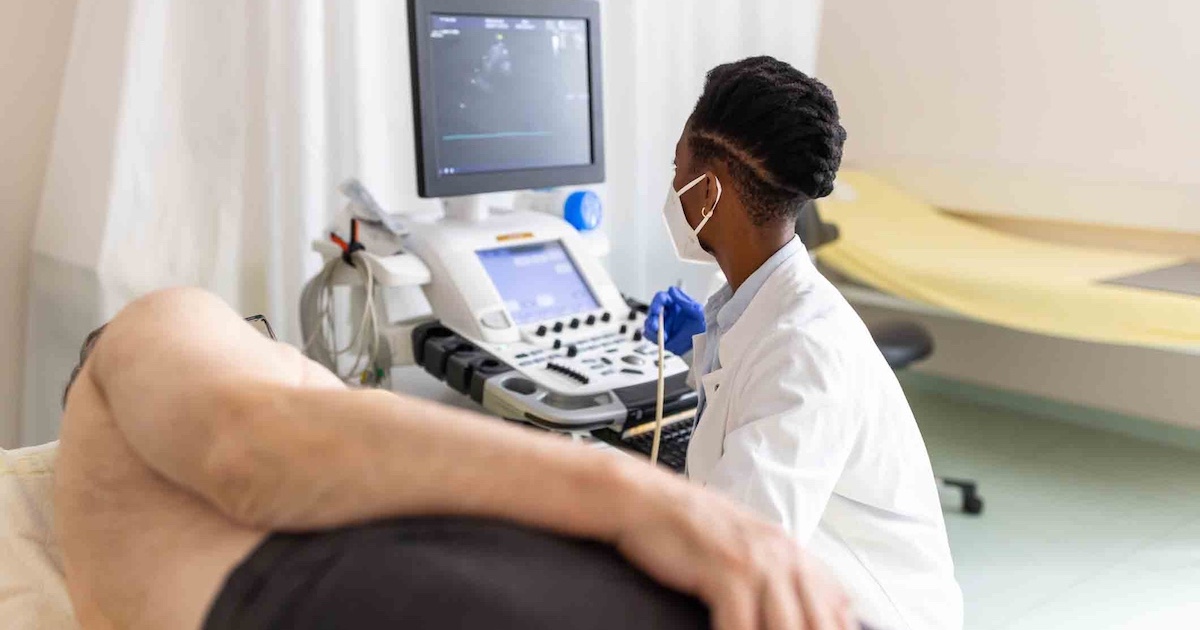Mobile is here to stay.
The proliferation of mobile technology has played a significant role in the continuous advancement of medicine and public health over the past several years. Integrating and sharing information has been a challenging factor in the healthcare industry’s adoption of digital health records, but the access and affordability provided by innovative mobile devices such as smartphones, tablets, personal computers and other specialized devices has started to make an impact on healthcare - especially on patient care.
In this new landscape, patients expect providers to be just as connected as in every other industry. They expect their preferences to be known and want to feel as though they are your top priority. The demands for smart devices and the creation (and use) of thousands of health-related apps and web sites are showing patient engagement in healthcare at a new level, illustrating their new mindset. Providers must adapt to the changes.
Drivers of the mHealth movement
One trend driving mHealth is the increase in capabilities of devices – specifically, advances in sensor technologies and health monitoring devices, which enable patients to collect powerful biometrics that can be analyzed and used to identify and address their needs quickly and efficiently. Another trend, the accelerated consumer adoption of these technologies, is equally influential. Hundreds of millions of smart devices are already being used by consumers for health and fitness-related purposes, which eliminates the need to invest in costly remote monitoring infrastructure.
With lower expenses (both in device costs and communications costs) and greater capabilities, mHealth is enabling the industry to advance toward value-based care. However, these trends are outpacing the development and release cycle of most traditional healthcare systems and the adoption of such technologies within their organizations. Service providers must be proactive in seizing the new opportunities presented by the general consumer interest in new technologies that promote and support the improvement of health and healthcare outcomes at the individual level. Simply put, these mobile technologies have raised the overall general awareness of personal health management at the individual level, and consumers are more informed now than ever. The mobile, consumer-based, shared knowledge trend is unlikely to slow down anytime soon, but there are still providers that are waiting for further development before they are comfortable embracing it.
Despite the upside, adoption is still lagging
When it comes to change, it’s not that providers are fearful – they're just cautious and calculated. The barriers to the adoption and expansion of mHealth are the same as with any industry transition into a new era and include regulatory constraints, legal considerations, budgetary considerations and the training and education of staff and patients on new processes.
Telemedicine and telehealth regulations are evolving, and the Centers for Medicare & Medicaid Services (CMS) recently implemented nationwide rules to protect Medicare patients. In addition, laws vary from state to state, making it difficult to establish uniform practices for providers and technology vendors.
Some rules and processes have simply failed to advance and adapt to what is feasible with today’s technology. For instance, the payment model in telehealth is still largely based on face-to face encounters or, alternatively, payment information is stored and forwarded to and from designated facilities across telecom networks, limiting transaction processing to the physical medical facility. Also, it has taken the healthcare industry more than a decade to get a handle on storing electronic records at hospitals and clinics, and even those systems are not fully integrated nor are they able to completely share information across practices due to lack of standards. Further, established vendors will have conflicting self-interests if their customers make interoperability a priority.
Medical practitioners are consumed with the necessary day-to-day operations, so the introduction of additional technologies and approaches – while more beneficial in the long run – presents short-term challenges. Providers are faced with a steep learning curve and revamping work processes. Externally, patients must be educated. Although most are familiar with basic consumer-facing technologies, additional learning is needed when it comes to certain medical technologies to understand how to properly use them to maximize the application and accuracy of actionable data.
Mobile technology has introduced a revolutionary new channel for the open access and exchange of patient-generated data. For healthcare providers, this presents a way to keep patients out of the hospital by accessing their vital data from a central location, optimizing the distribution of information, monitoring and adjusting care plans more frequently and ultimately delivering personalized care at a much lower cost.
The payoff of a patient-centered approach
The first step to overcoming these barriers is to accept that healthcare is rapidly changing and to adapt to consumers’ dependency on smartphones and other mobile devices. Patients are engaged and informed. They no longer depend on one source for information. For providers to act as the catalysts of change, they must transition internally to implement a patient-centric approach throughout the organization, which will support the strategic engagement with:
- Regulators: to ensure that the development of the regulatory framework is appropriate and feasible from a technological standpoint;
- Vendors: to facilitate a greater level of transparency and accessibility to stored patient data, care plans and follow up;
- Emerging technology providers: to augment and enhance investment in current platforms and expand beyond single-source suppliers to support continued innovation; and
- Industry associations and organizations: to develop and communicate the family-centered preventative healthcare model that addresses how mHealth will lower the cost of delivery of healthcare while increasing outcomes.
mHealth adoption also increases the discussion around revisions to regulations for remote monitoring and telehealth payment methods. In the past, the cost of telehealth services was the same as in-office services, and since telehealth requires a broadband connection to function across a telecommunication network, the cost could be even more in some cases. With advances in communications, the cost of telehealth could be lot less with mHealth than with the traditional approach, since it would be leveraging consumer technologies that do not require investments in large networks and infrastructure to support the operations.
Entering a new era
The application of mHealth to keep large populations healthy is inevitable because of its tremendous upside. There are many opportunities to lower costs, introduce new services, improve population health and put patients’ families back at the center of the healthcare spectrum.
Overcoming the barriers is possible, but not without progressive leadership at the political and provider levels. As healthcare enters a new information age, the administrators and directors at the helm today are responsible for navigating this uncharted territory, and their decisions regarding mHealth adoption will have a profound impact on the industry for many years.
Dinesh Sheth is the founder and chief executive officer of Green Circle Health, a medical services technology platform provider that leverages information, communication and sensor technologies to enhance the quality of healthcare services and improve population health.


